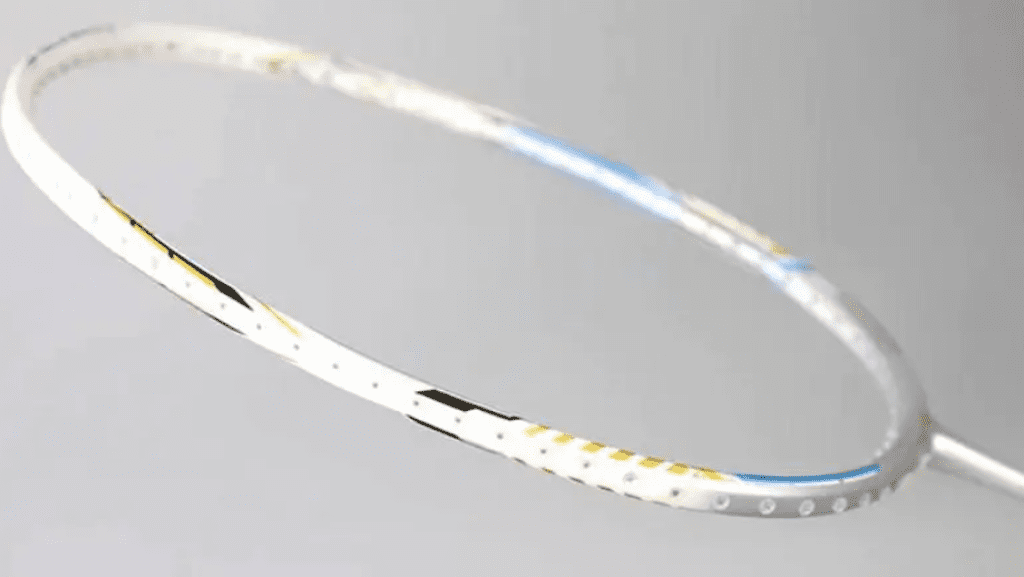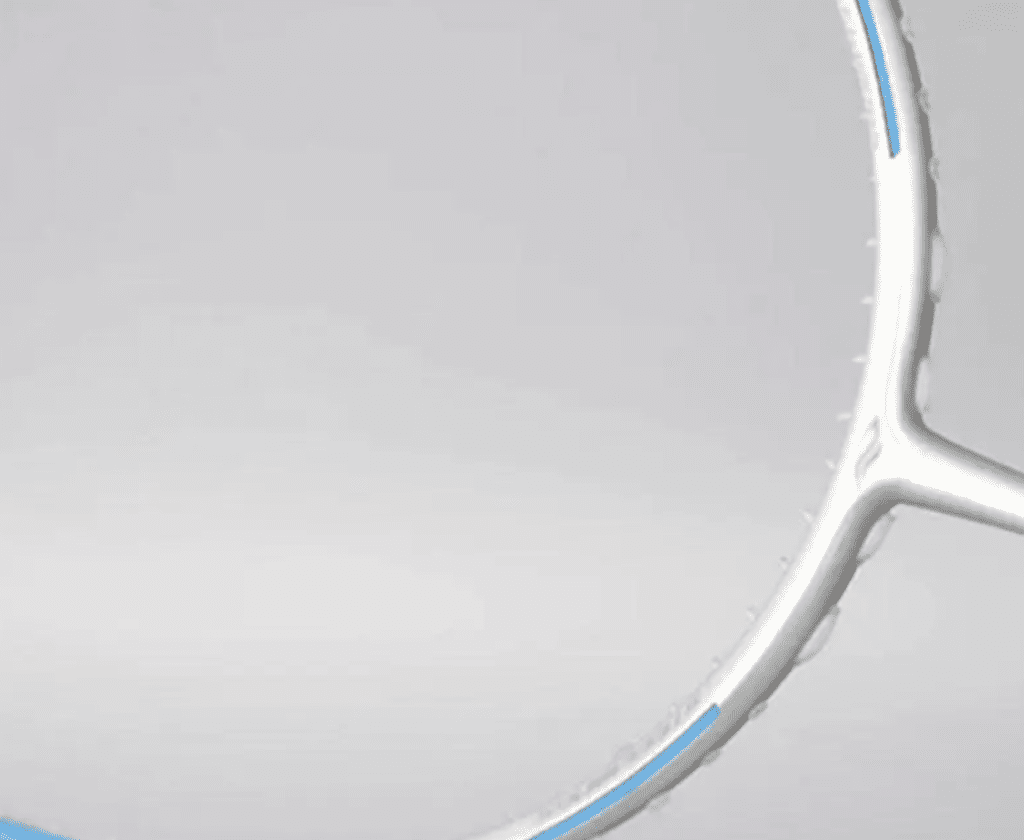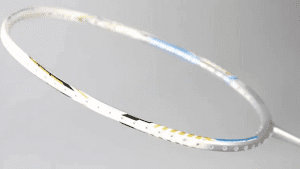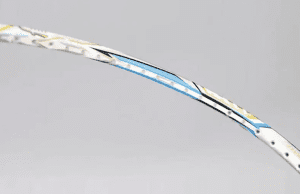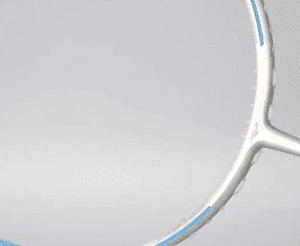Mid-cycle updates and iterations in vehicle models have different implications. During a model’s lifecycle, the more exceptional and promising a model is, the more attractive its mid-cycle update becomes, often approaching high completion. On the other hand, iterations become more meaningful when a model reaches the end of its life cycle. One represents the pinnacle, while the other signifies a new beginning.
Babolat’s Steel Wing recently underwent a mid-cycle update. I’ve been using this racket for some time, and the change in its appearance compared to the original color was significant enough that I needed some time to adjust. However, it hasn’t reached its peak.

Specifications:
- 4UG5
- With cap
- Total weight: 93.18g (in used condition)
- Balance point: 294mm
- Shaft length: 218mm
- Medium stiffness
- Wind-breaking frame
- 76-hole string bed
- 9-3 o’clock string grooves
- Warranty: 30 lbs
- Strung with VBS69N at 25-27 lbs
The previous Steel Wing J20, which benefited from the use of boron fiber, achieved good market performance last year. The new color and adjustments for the current model have transitioned from the original silver-white to gold, so I’ve started referring to it as “Gold Wing.” In terms of appearance, the only difference between the new and old versions is the color; the design and stickers remain the same, so refer to the previous Steel Wing for appearance details. I forgot to take photos after using it, so please make do with the available images.

The Gold Wing features some changes, notably the fish-mouth cone cap, reminiscent of the Thunder series from the Red Factory. I still miss Babolat’s previous flat cone cap. This new cone cap addresses the issue of stabilizing the thumb during reverse shots and enhances the racket’s rebound performance due to the increased deformability of the shaft. This change is commendable. The adaptation of boron fiber to new elements also shows promising results.
The Gold Wing has become much more user-friendly, with improved elasticity. After the shaft stiffness was adjusted, the racket’s feel became lighter and smoother, making the swing process more effortless. This adjustment alleviates the stiffness that was a challenge with the original version, making it easier for players who struggled with the original Steel Wing.
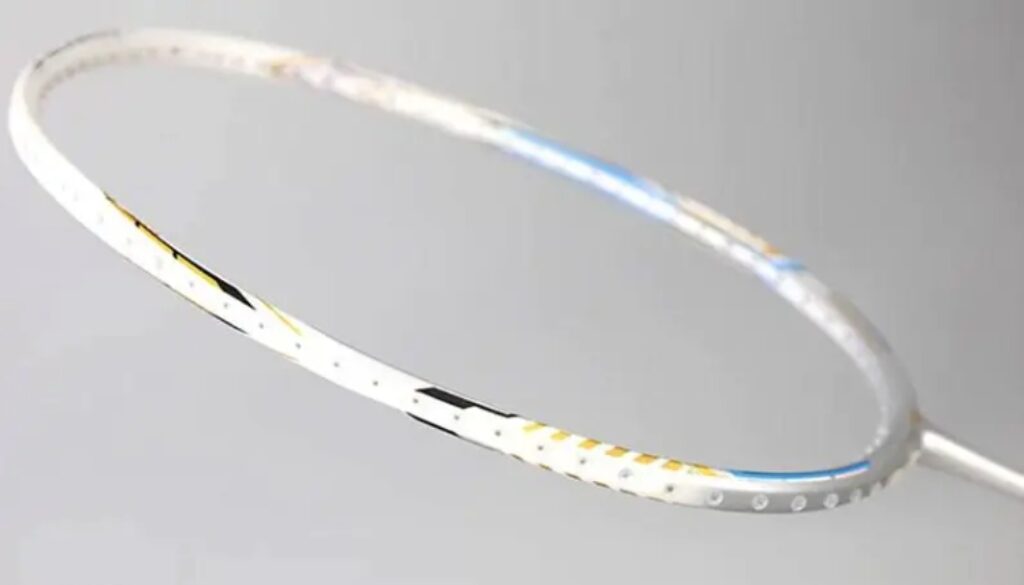
The most notable improvement is in handling passive shots. Previously, the combination of a short, stiff shaft and high rigidity made it difficult to return shots effectively, often leading to an exposed net. Now, even under pressure, a well-placed shot can quickly balance the game.
The enhanced feel of the Gold Wing significantly improves its performance in play. As one friend noted, this change in “tolerance and ball control” allows for a more refined small ball control, making net play more manageable and creating opportunities for offensive plays. Its lightweight and speed attributes maintain its agility in deceptive shots and soft net play.
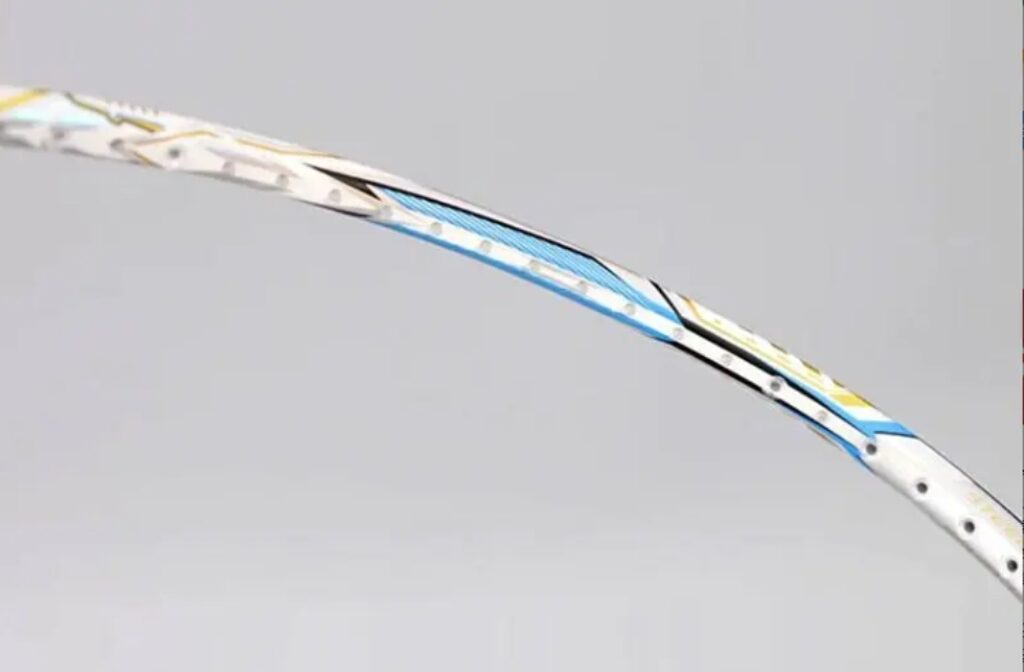
However, the Gold Wing’s response in fast-paced drives is slower compared to its predecessor, making it harder to adapt. The defensive rhythm also feels slightly sluggish when transitioning from defense to offense.
For advanced users, the Gold Wing’s performance in the backcourt is somewhat lacking. While the reduced power requirements improve the racket’s consistency and endurance, each shot feels softer, making it challenging to produce high-speed shots with enough threat. In long-distance shots requiring heavy smashes and precise placement, confidence might be slightly undermined.
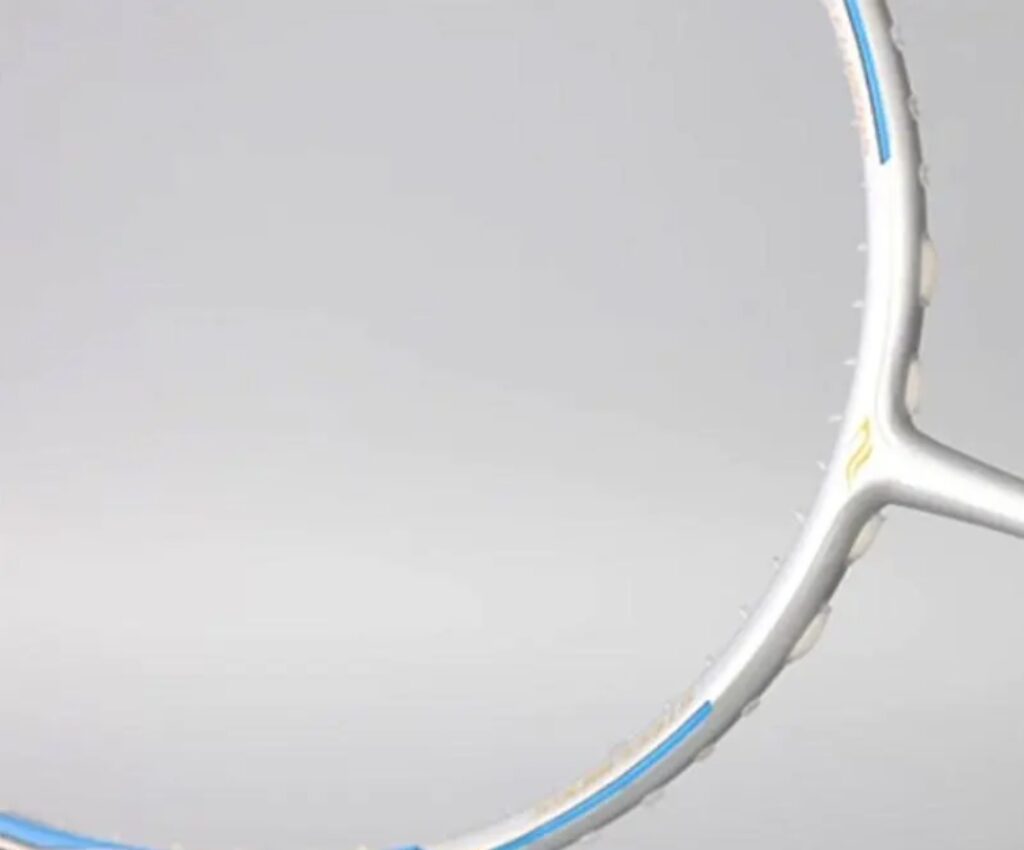
Overall, the Gold Wing is the most user-friendly boron fiber racket from Babolat to date. For entry-level players, this racket is a solid choice for the season, providing a well-rounded option for those looking for a versatile and effective racket.




